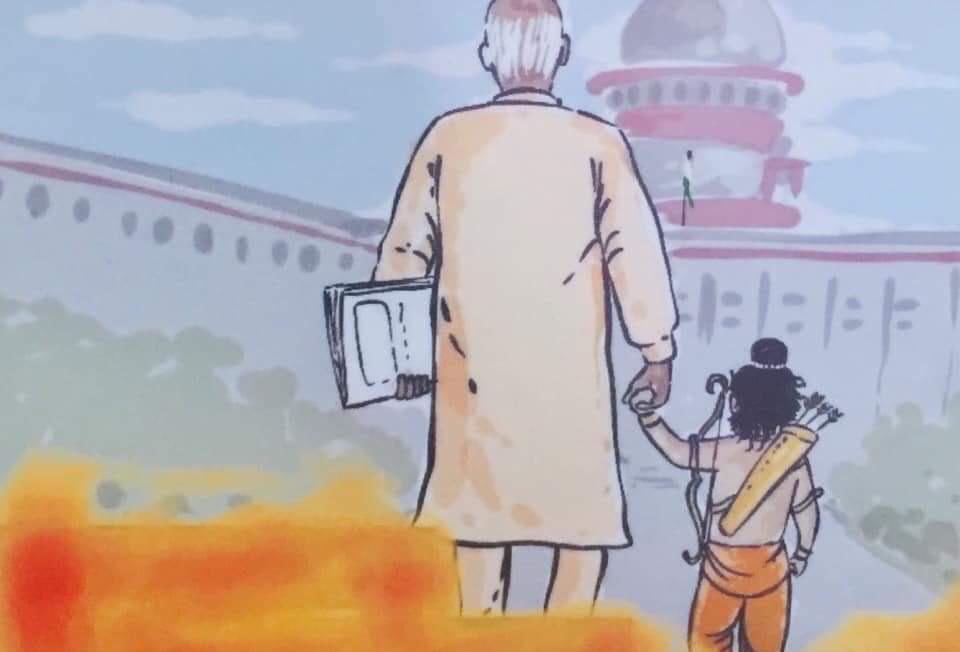The Case for an Infant ram lalla


This post is a long read. It provides a very basic insight into what the entire Ramjanmabhoomi case was about. It is not authored by a student of law, but a mere student of civilization and heritage. I request everyone to trace the origins of this case, its course and conclusion, independently. This piece is merely a layman’s findings.
The Case for Ram Lalla has acquired infamous traction from all sets of national and international media notwithstanding the fact that it is a civil suit in its nature and the dimension of religious dispute has been overplayed or I might say, cleverly played to drive further wedges between communities in India by vested interests, funded by anti-nationals with an utter and complete disregard for the very fabric of the case, which is that it is a property dispute between a deity and the residue of a ruler.
Through this, a very basic outline, with certain landmark evidences and not opinions will be presented in order to establish the rightful Case for Ram Lalla, taking into account the following narratives or layers it has acquired that are namely:
P.S: A tribute to the most honourable and venerable Shri K Parasaran is in order. Without him, the infant might not have returned to his home. I will be writing a minor tribute to him separately, soon. The entire Hindu community bows down to Shri K Parasaran. Like there could have been no retrieval of Maa Janaki without the efforts of Hanumanji, there could have been no Bhavya Ram Mandir at Ramjanmabhoomi without the efforts of Shri K Parasaran.
DISCLAIMER: The author is solely responsible for the views expressed in this article. The author carries the responsibility for citing and/or licensing of images utilized within the text.
